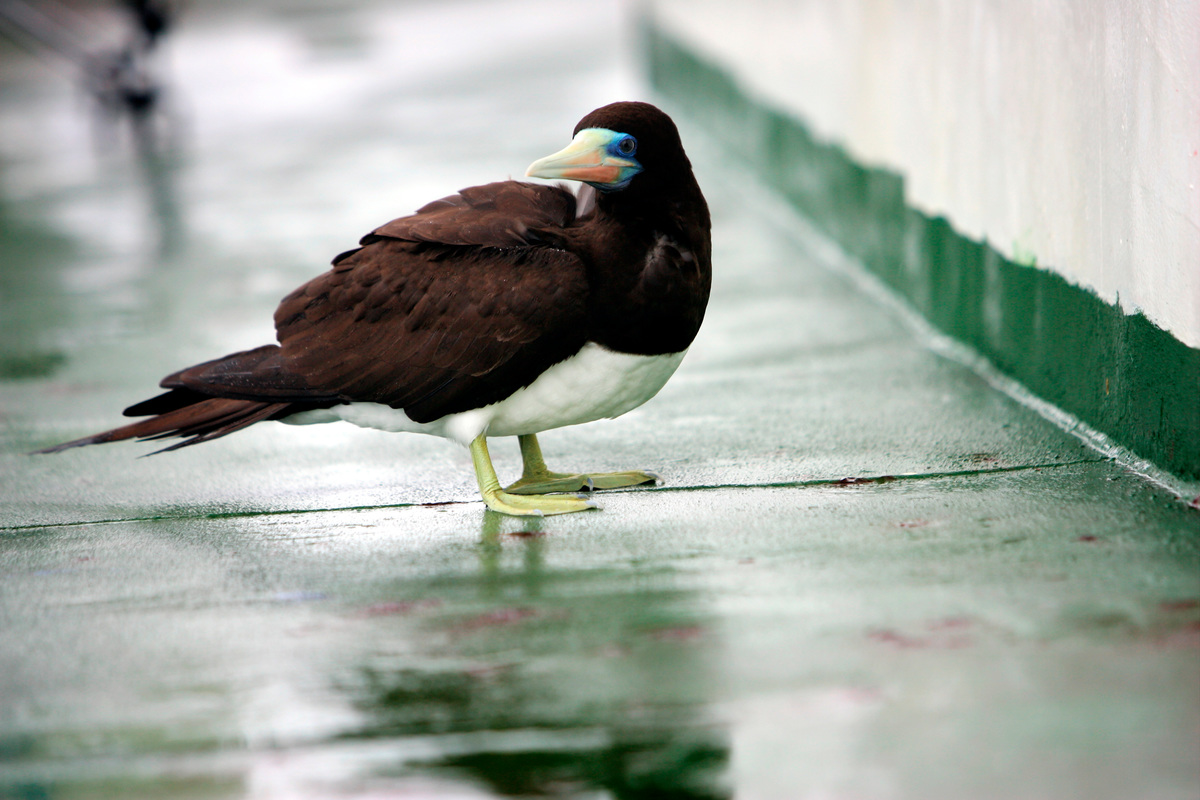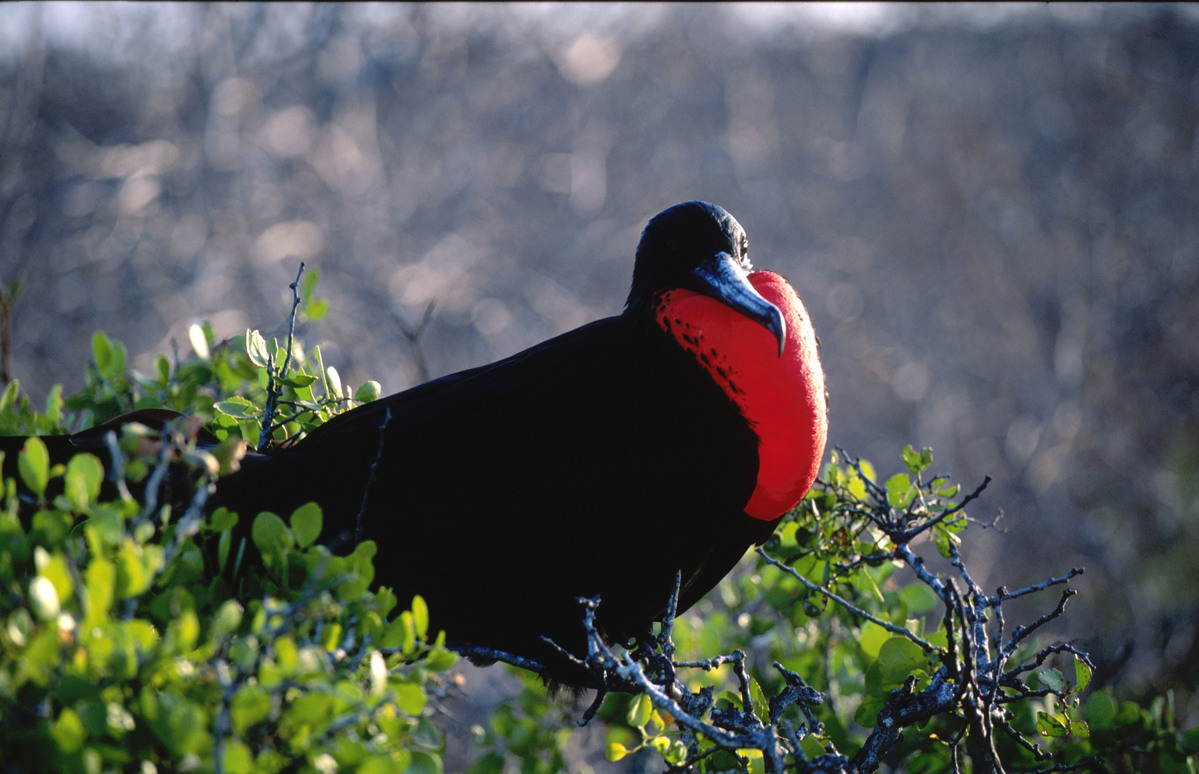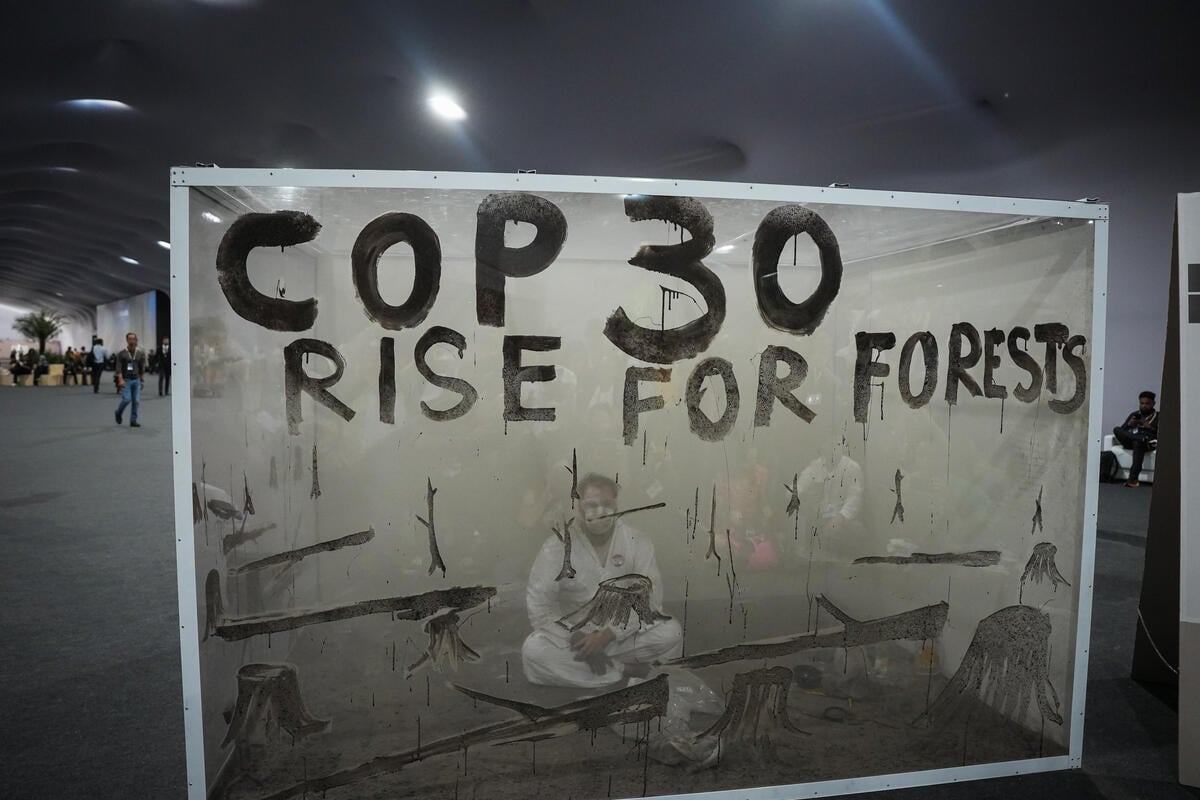In 1962, Rachel Carson published Silent Spring, drawing attention to the impact of DDT on bird populations. Her book inspired most nations to ban DDT by the 1980s. The ban and other protection efforts helped save some bird species from extinction, including the osprey, brown pelican, and white stork. However, fifty-five years after Carson’s book, the rate of bird decline has accelerated globally, due to pesticide use, habitat loss, climate change, domestic cats, and other threats.

Boobie Bird onboard the Esperanza.
In 2004, the Po’ouli or black-faced honeycreeper disappeared from Maui, the last member of its genus Melamprosops. Hawaii also recently lost two species of Nukupu’u honeycreepers, the O’ahu ‘alauahio, and the Maui ‘akepa. We have bid farewell in recent decades to Australia’s masked owl, the Grand Cayman oriole, New Providence yellowthroat, Gonave Island chat-tanager, Santa Barbara song sparrow, and Florida’s Dusky seaside sparrow. Gone forever.
Ornithologists face a challenge to know if a species is technically extinct, since it is difficult to confirm that no breeding pairs exist. Some species, known to exist in remnants, appear “functionally extinct,” including the Giant Ibis with less than 100 breeding pairs. Birds require specific habitats and diets, are vulnerable to domestic cats and other introduced predators, and serve as a fragile indicator for Earth’s general ecological health.
Global challenge
A 2005 Stanford Study analysed all 9,787 known living bird species and 129 extinct species; tracked distribution, ecological function, and life history; and collated 600,000 computer entries. From one of the most comprehensive biological databases ever compiled, the authors of the study estimated that 25% of bird species would be functionally extinct by 2100.
Of highest risk, were species in the northern latitudes and highly specialized species in bounded range with limited food, particularly island birds. In 2008, Worldwatch Institute and the IUCN Red List determined that 1,227 bird species (12 % of known birds) are now threatened with extinction. Among 192 species in critical crisis are the Giant Ibis, India’s Forest Owlet, with less than a hundred individuals; the New Zealand Kakapo owl parrot, about 150 individuals; and the New Caledonia owlet-nightjar, that has not been sighted in over a decade.
Richard Inger at the University of Exeter surveyed bird populations in 25 countries over 30 years, and estimated that total population in those nations had declined by 421 million birds between 1980 and 2009. A 2015 review of his study in Current Biology explains that the bird crisis in Europe is not just about extinctions but massive declines among the once-common species, such as sparrows, swifts, and Jackdaws. The most abundant quarter of the species lost 83 percent in 30 years. These massive declines, even if the species survive, effect the functioning of the wider ecosystem.
Birds provide essential, symbiotic services to the ecosystem, including decomposition, seed dispersal, and nutrient recycling. Birds contribute to human agriculture through pollination and pest control. Scavenger birds clean up dead animals, limiting the spread of disease. In the 1990s in India, the rapid loss of vultures led to an explosion of rabid dogs and rats, that feed on carrion. As a result, in 1997, rabies claimed more than 30,000 human deaths in India, more than half of the world’s annual rabies deaths.
The Passenger pigeon case provides a lesson in ecology. The Passenger pigeon once swarmed North America in flocks of over a billion birds, but were decimated by human hunters and became extinct by 1914. The pigeons had competed with deer mice for acorns, keeping the mice population in check. With the demise of the pigeons, deer mice populations swelled and became a primary vector of ticks, which carried the Lyme spirochete into the human community, contributing to the modern Lyme disease outbreak that has debilitated thousands of people, especially along the Atlantic coast, where the Passenger pigeon thrived.

Magnificent Frigate bird showing its red throat. It is sitting on a bush or tree.
Cortes Island, where I live off the west coast of Canada, sits on the migration path for dozens of species of birds, some that travel between Mexico and the Arctic. We have witnessed a sharp decline in Barn swallows, Tree swallows, Goshawks, Rufous hummingbirds, Great blue heron, Great horned owl, and other species, reflecting a recent demise of birds throughout North America.
The 2016 Partners in Flight Bird population analysis reveals that North America has lost 1.5 billion birds in 40 years. The Rufous hummingbirds have lost 60 percent of their populations, and the Snowy owl and Chimney swift are also in steep decline. Twenty percent of the breeding species appear vulnerable to extinction.
Boreal and polar habitats provide the world’s nursery for thousands of bird species. Nature Canada’s 2012 State of Birds survey revealed that avian insectivores had declined by more than 60% across Canada in 40 years. Chimney swifts, Field sparrows, Short-eared owls, Snowy owl, and the Oak titmouse, all lost more than half their populations.
Conservation programmes typically focus on charismatic and rare species close to extinction, species that enhance funding appeals: Who cares about a bloody sparrow? But the declines in common species have a dramatic impact throughout the web of life.
The human factors
We know why birds and other species are suffering historic declines: Human sprawl, the unrelenting advance of a single species, Homo sapiens. Habitat destruction appears as the primary cause of bird decline. Bird species evolve into very specific habitats. Most species nest in a particular species of tree, in a particular micro-climate that supports their food supply and protects them from predators. As we drain wetlands, level forests, and sprawl across grasslands and wetlands, we unravel this fragile web.
In 1958, China’s Communist leader Mao Tse Tung decided that four “pests” — mosquitoes, flies, rats, and sparrows (who ate farmers’ seeds) — should be eliminated for public health and agricultural growth. Chinese citizens began to eradicate sparrows until 1960, when Chinese leaders realized that the sparrows had controlled insects. Insects increased, decimating crops, and China’s agricultural yields declined. The Chinese Academy of Sciences advised Mao, and he ended the sparrow campaign, replacing them on the “Four Pests” list with bed bugs. “Mao knew nothing about animals,” environmental activist Dai Qing told the BBC in 2004. “He just decided that the ‘four pests’ should be killed.”

Bird feather in the Arctic, Spitzbergen, Norway.
Human activity that contributes to bird declines includes our agriculture and forestry, pesticide use, power lines, windmills, buildings, vehicles, domestic cats, and climate change. Intense agriculture transforms river deltas, swamps, grasslands, and forests. Our pesticides, particularly from the neonicotinoid family that endangers bees, kill the insects that feed birds.
After habitat destruction, cats and window collisions are the most lethal. A typical house cat that wanders freely might kill a dozen birds in a single night, and studies in North America show that cats kill over two billion birds annually. Cat owners can reduce bird deaths by limiting cat reproduction and providing cats with bright, visible collars and bells.
Collisions with window glass kill over 600-million birds annually in North America and over a billion worldwide. Cars and power lines kill hundreds of millions more. Hunting claims over 100-million birds annually.
The diversity crisis
One of the fundamental laws of ecology states that stability in an ecosystem depends on diversity. We may save a disappearing bird species by breeding a few in a zoo, but this does not buy back the loss of diversity in our ecosystems. The impacts of human sprawl result in diversity loss across all classes of plant and animal life.
In 2008, there were 44,838 species on the IUCN Red List. The World Wildlife Fund Living Planet Index declined by 52 percent between 1970 and 2010. Sixty percent of all amphibians are in dramatic decline due to the loss of wetlands. Forty-two percent of reptiles and 28 percent of all vertebrate species are in decline. According to some European studies, insect declines have reached 80 percent over 25 years.
The current rate of of species loss has reached the order of 1000 to 10,000-times the historic background extinction rate. Over the long march of evolution, about one mammal species disappears every 400 years, and a whole family of species might disappear in a million years. In 2014, a study by Stuart Pimm at Duke University and colleagues at Brown University, estimated that the extinction rate was 1000-times faster than background. Biologist E O Wilson has estimated that the rate is 10,000-times background, and other biologists at IUCN and the Center for Biological Diversity believe he is correct.
In the 1970s, as Greenpeace staged its first campaigns, Norman Myers estimated that Earth was losing one species per day, and this appeared as a tragic crises. Today, after almost fifty years of ecological actions, Earth is now losing about one species per hour.
Rex Weyler is an author, journalist and co-founder of Greenpeace International.
Resources and Links:
National Academy of Sciences, 2005: 25% of bird species functionally extinct by 2100: Stanford.
“Climate change and population declines in a long-distance migratory bird,” C. Both, et. al., University of Groningen, Nature 441, 81-83, 4 May 2006.
Bird populations in steep decline, Eric Andrew-Gee, Globe and Mail, Sep. 14, 2016
Partners in Flight Bird decline analysis
Europe’s bird populations in decline, Michael Gross, Current Biology, 15 June 2015
Global Bird Species in Decline, 2008: Ben Block, Worldwatch Institute.
Leading causes of bird deaths, Environment Canada, CBC, 2013
State of Canada’s Birds, 2012: NABCI
Mao’s 4-pest eradication: China Sparrow Campaign
Rate of species loss could reach 10,000 times background, E O Wilson
Species loss 1,000 – 10,000 times background: Center for Biological Diversity:
Extinctions during human era worse than thought: Brown Univ. study, 2014
Stuart Pimm species diversity study, Duke University, Conservation Biology
Where have all the insects gone?, Gretchen Vogel, 2017, Science magazine




